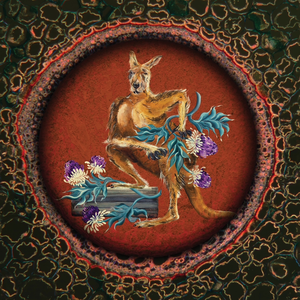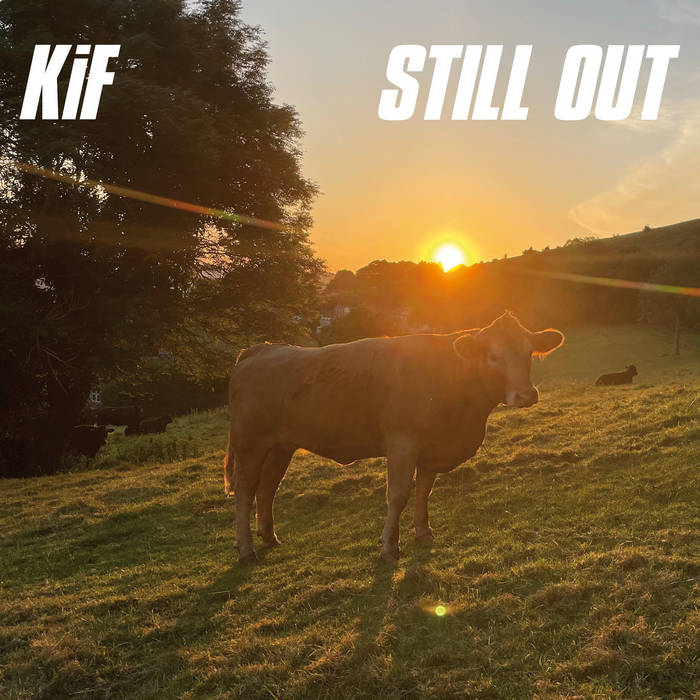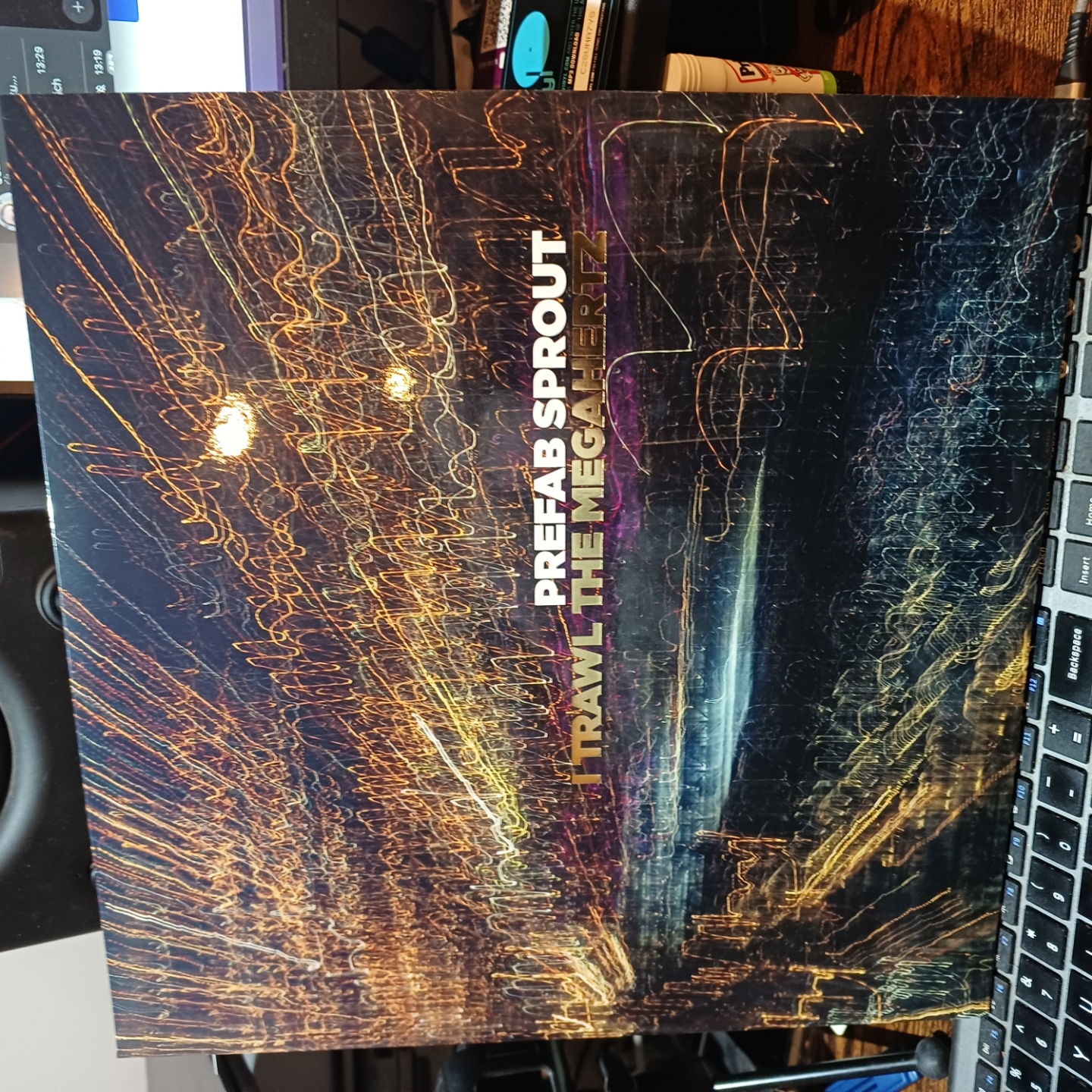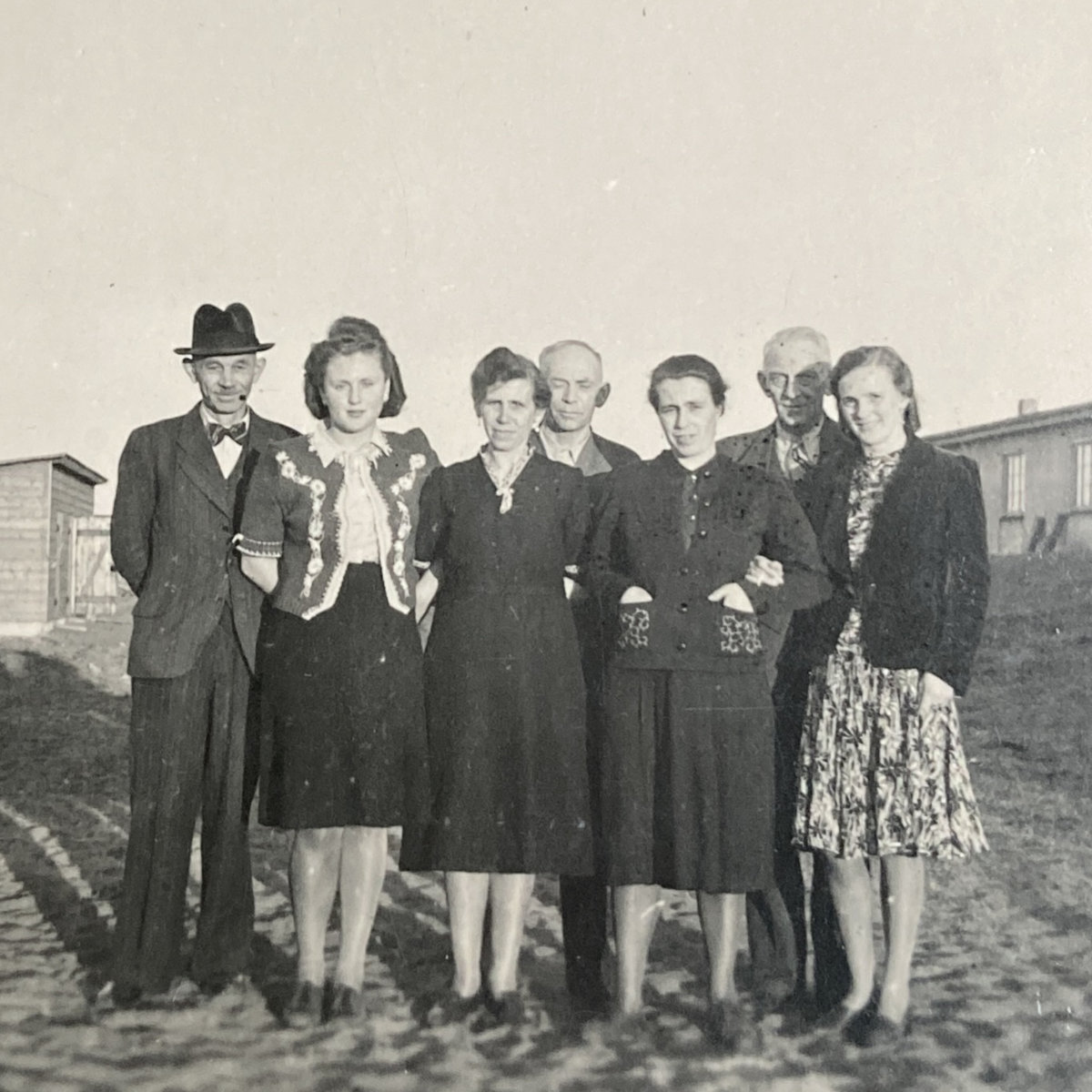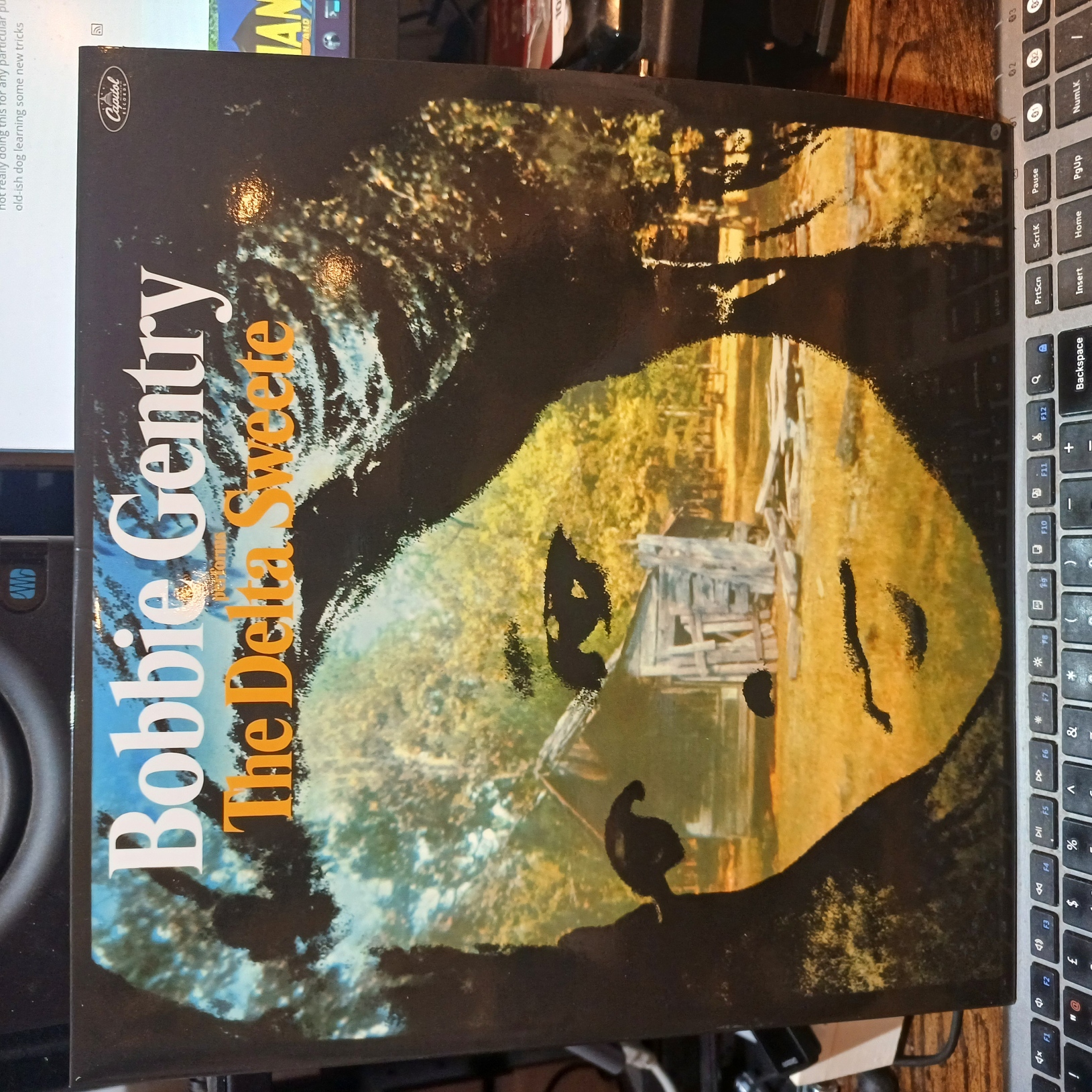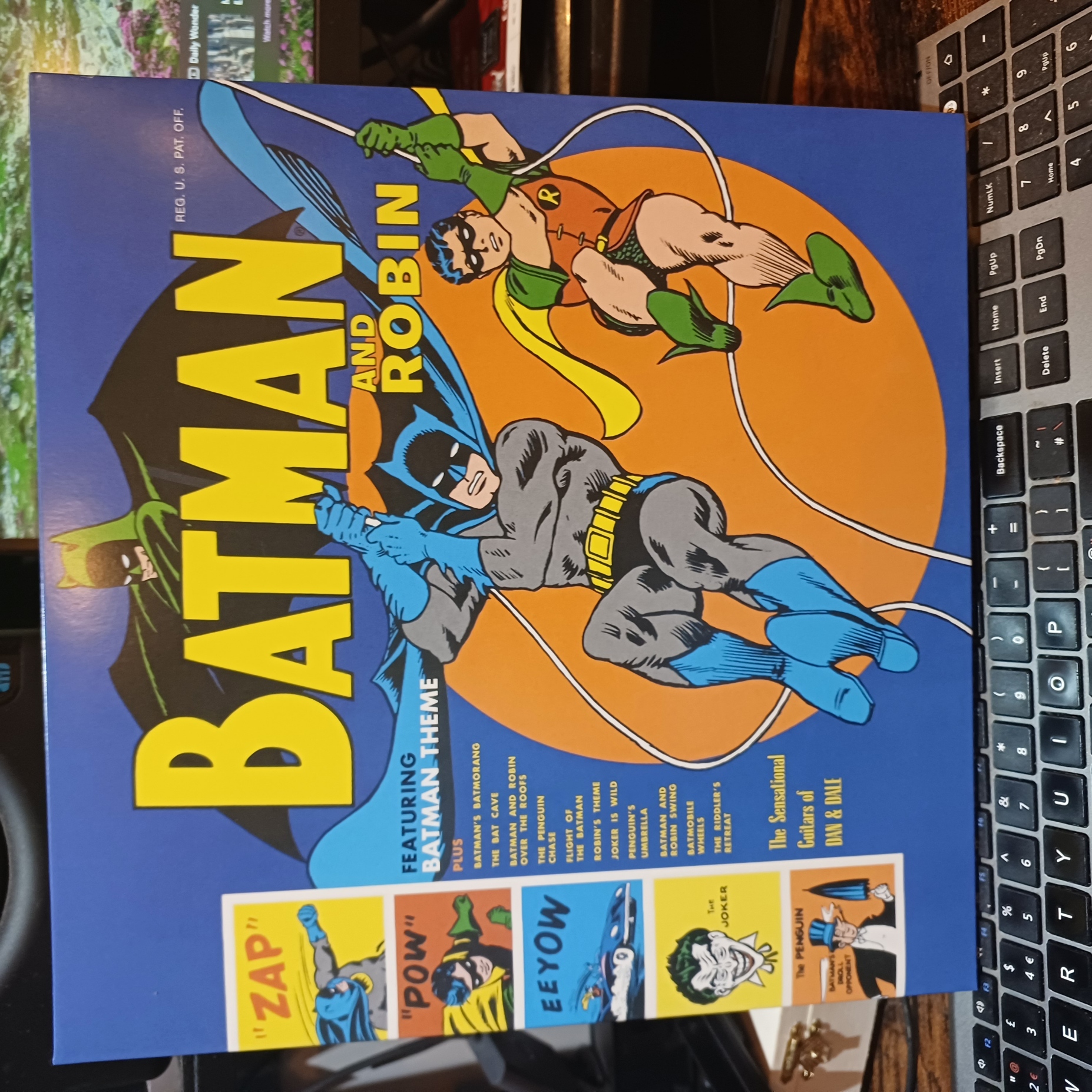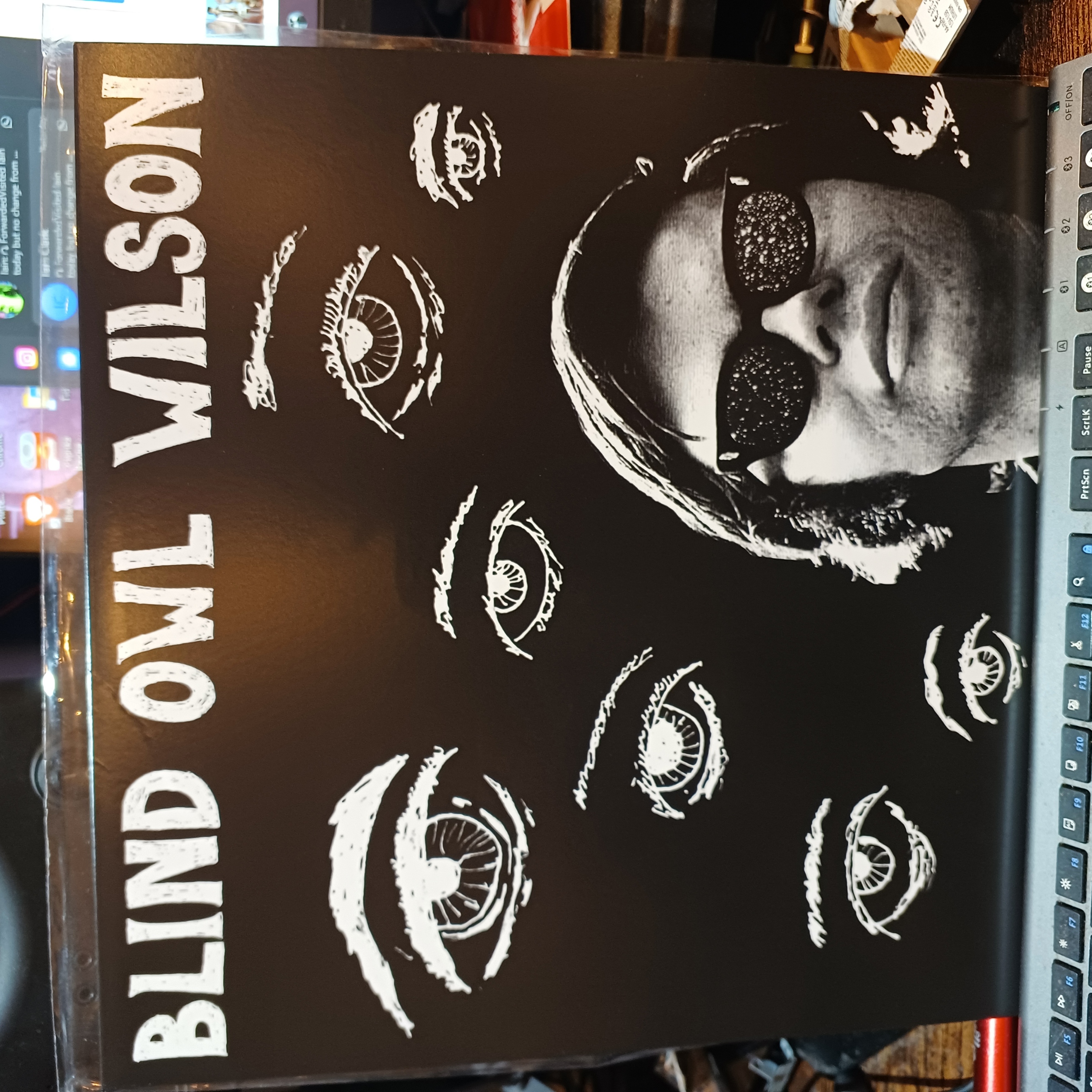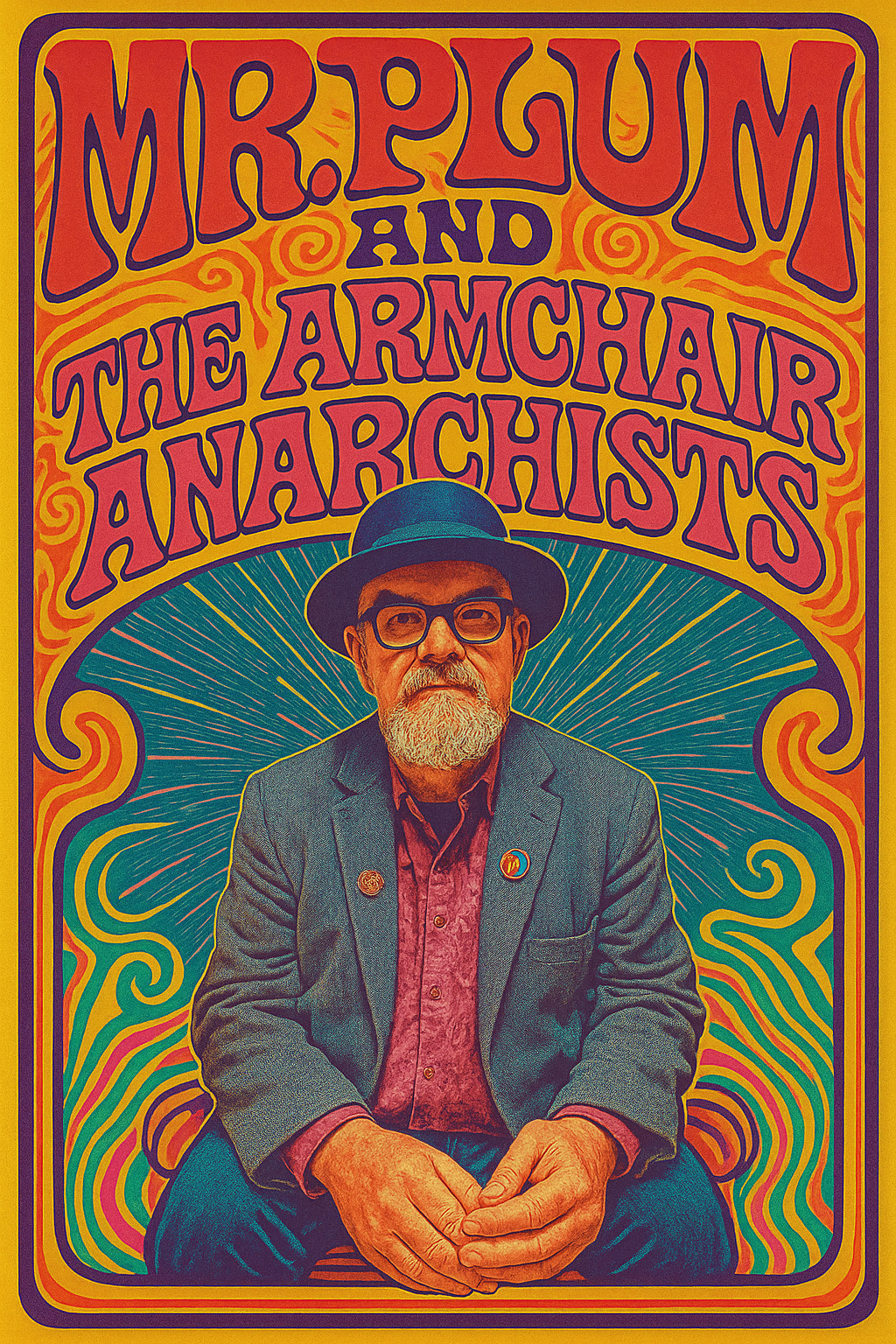Cardiacs - LSD
An almost incomprehensibly great final salute to Tim Smith who was damaged by a stroke when he started this record in 2007. The incredible effort by the band to complete this is not just your standard posthumous album. It’s a genuine masterpiece. How they will do this in March 2026 (I have tickets) will be an incredible thing to see.. The loyal and fanatical fan-base have of course lost their minds over this since it was released fully on the 19th September.
Continue...
